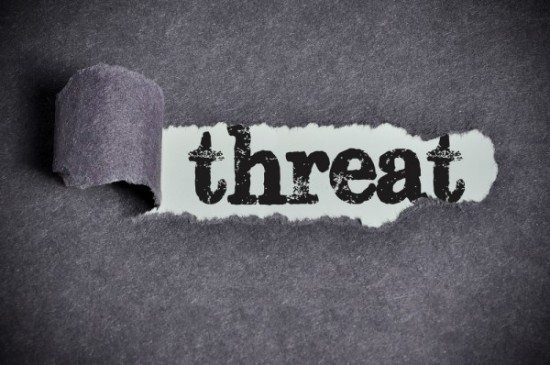Global software provider, Micro Focus, launches its 2020 State of Security Operations report, which reveals that SOCs across the globe are increasingly looking to AI and ML to detect advanced threats and proactively protect the enterprise.
The research finds that over 93% of global organisations are implementing AI and ML technologies to improve threat detection capabilities, while over 89% expect to use or acquire a Security Orchestration and Automated Response (SOAR) tool within the next 12 months.
Faced with an increasingly complex threat landscape amid the pandemic and working on teams that are becoming more and more stretched, today’s cybersecurity professionals are under more pressure than ever before. As threat volumes rise, the report reveals that 90% of organisations are relying on the MITRE ATT&K framework as a must-use tool for understanding attack techniques.
To help teams manage an increasingly number of responsibilities and fill security gaps, the uptake of these tools is rising globally. In fact, organisations are widely using 11 common types of security operations tools, with each tool expected to exceed 80% adoption in 2021.
The opinions expressed in this post belongs to the individual contributors and do not necessarily reflect the views of Information Security Buzz.



